It’s worth considering hip, thigh & knee problems together as they are often related. This is because the femur (the long bone of the thigh) forms half of the hip joint, at its upper end, and half of the two major knee joints, at its lower end. There are also a large number of muscles that travel the entire length of the femur and help you move both your hip and your knee (often both at the same time).
At Body Works our physiotherapists have huge experience in the treatment of hip, thigh and knee problems. Whether your pain is due to a trauma or seems to have begun for no obvious reason, we have the knowledge and skills to pinpoint the tissues involved, explain our findings to you clearly, and get you on the road to recovery.
If you’d like to make a booking to see one of our physiotherapists or if you’d like to know more about how we can help, please call us on 0116 2885533 or you can book directly using our online booking form.
Listed below are just a few of the conditions we frequently see and treat at our clinic:
LIGAMENT INJURIES – Ligaments are tough, cord-like and relatively inelastic structures. Their job is to hold bones together, in order to form stable joints. The knee (tibio-femoral) joint is supported by four main ligaments, the anterior and posterior cruciate ligaments (at its centre) and the medial (inside) and lateral (outside) collateral ligaments, to either side of it. These ligaments are often injured, especially by those engaged in sport or physical work, with tearing of the fibres being graded as 1 (minor), 2 (moderate) or 3 (severe or complete). The medial collateral ligament (on the inside of the knee) is the most commonly injured and will respond well to physiotherapy, dependent on the grade of tear suffered – but this is something your physiotherapist will be able to advise you on following your initial assessment. The lateral collateral ligament, by contrast, is rarely injured, because it is on the more stable side of the knee joint, but should also do well with physiotherapy treatments. The cruciate ligaments, often known as the ACL (anterior) and PCL (posterior), are vital to the stability and function of the knee joint and are usually damaged by more severe forces that the lateral collateral ligaments have been unable to contain. Footballers and skiers, in particular, know this to their cost. Where the injury is less severe, or where surgery is not recommended, physiotherapists provide the front line treatment options. Where reconstructive surgery is required, physiotherapists are normally recommended to guide you through the rehabilitation process.
MENISCAL TEARS – The menisci are cartilage cushions which sit in the middle of the knee, between the femur (thigh bone) and tibia (shin bone). There are two in each knee (one on the inside half and one on the outside half). They are crucial in protecting the bone and other structures but, like the ligaments, can tear when traumatised. As with ligament injuries, whether you need physiotherapy alone or physiotherapy following surgery, will depend on the extent of the damage suffered. Our physiotherapists can help determine the level of your injury and can also refer you on for MRI scans, should you wish to invest in these privately, or to your GP.
FRACTURES (aka “breaks”) – Thankfully, these are fairly rare and have usually been identified before a client presents for physiotherapy but it is still quite common for people to be walking around with undiagnosed fractures (especially of the patella – aka “kneecap”). If we believe you have a fracture we will explain why and advise you, but then send you to see your GP or to A&E (dependent on the severity and location of the suspected fracture).
HIP LABRAL TEARS – The labrum is the cartilage that lines the socket of the hip joint. It can get torn, usually as a result of a traumatic event, such as a sporting injury. If you have a labral tear you may experience catching or clicking of the hip joint, or loss of movement. Pain will usually be experienced around the hip itself or in the groin region. Correct management and strengthening regimes can result in positive outcomes for labral tears at the hip joint but sometimes arthroscopic surgical repair is required.
PERTHES’ DISEASE – This is a condition affecting the hip joint, whereby the top (the “head”) of the femur loses its blood supply and the bone begins to deteriorate. Symptoms include pain in the hip, groin and thigh, resulting in an increasingly noticeable limp. It is a paediatric (childhood) condition which affects boys more commonly than girls and more often only occurs in one hip (although it can occur in both at the same time). Physiotherapists are skilled in the management of this condition and proper management is vital in limiting damage to the joint, because over a period of a few months the blood supply will return again and the problem will gradually resolve (which is why surgery is only considered in relatively severe cases).
SINDING-LARSEN-JOHANSSON SYNDROME – Another condition typically associated with childhood (although it can be seen in adults). It affects the patella pole (the lowest-most part of the knee cap) and is caused by the patella tendon pulling too strongly on the bone in that area. This is why it is most commonly seen in children between the ages of about 10-14 years (especially those involved in sport), because their bones are growing at a rate that puts mounting pressure on the points where tendons insert. Symptoms include pain and swelling around the patella pole. Physiotherapy assessment and treatment is normally indicated for this syndrome and over the months, as the child’s muscles slowly lengthen to match their bone growth, so symptoms will gradually settle.
OSGOOD-SCHLATTER DISEASE – Like SLJ (above) this paediatric condition is caused by the patella tendon pulling on bone – this time where it inserts into the tibia (the larger bone of the lower leg) at the tibial tubercle (the bony lump a few centimetres below the knee cap). Like SLJ, it results in a strong inflammatory response at the point of insertion, resulting in pain and swelling and some related loss of function. Once again, it mostly affects children around the ages of 10-14 years and will gradually resolve. The important thing is getting an accurate diagnosis and knowing how to manage the condition. As ever, this is where trained physiotherapists are especially valuable.
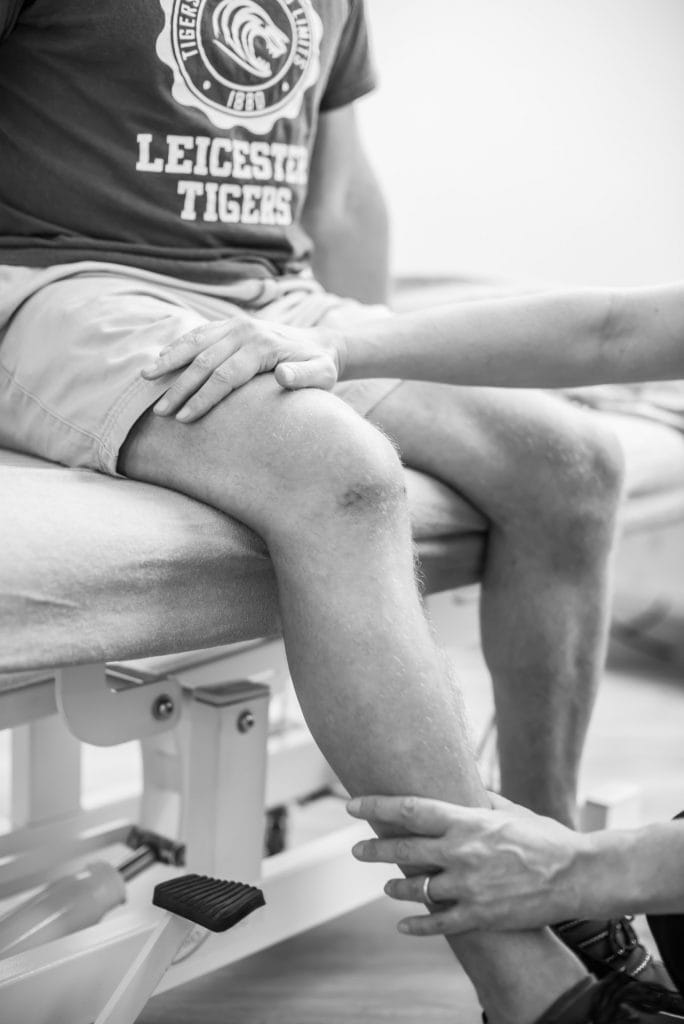
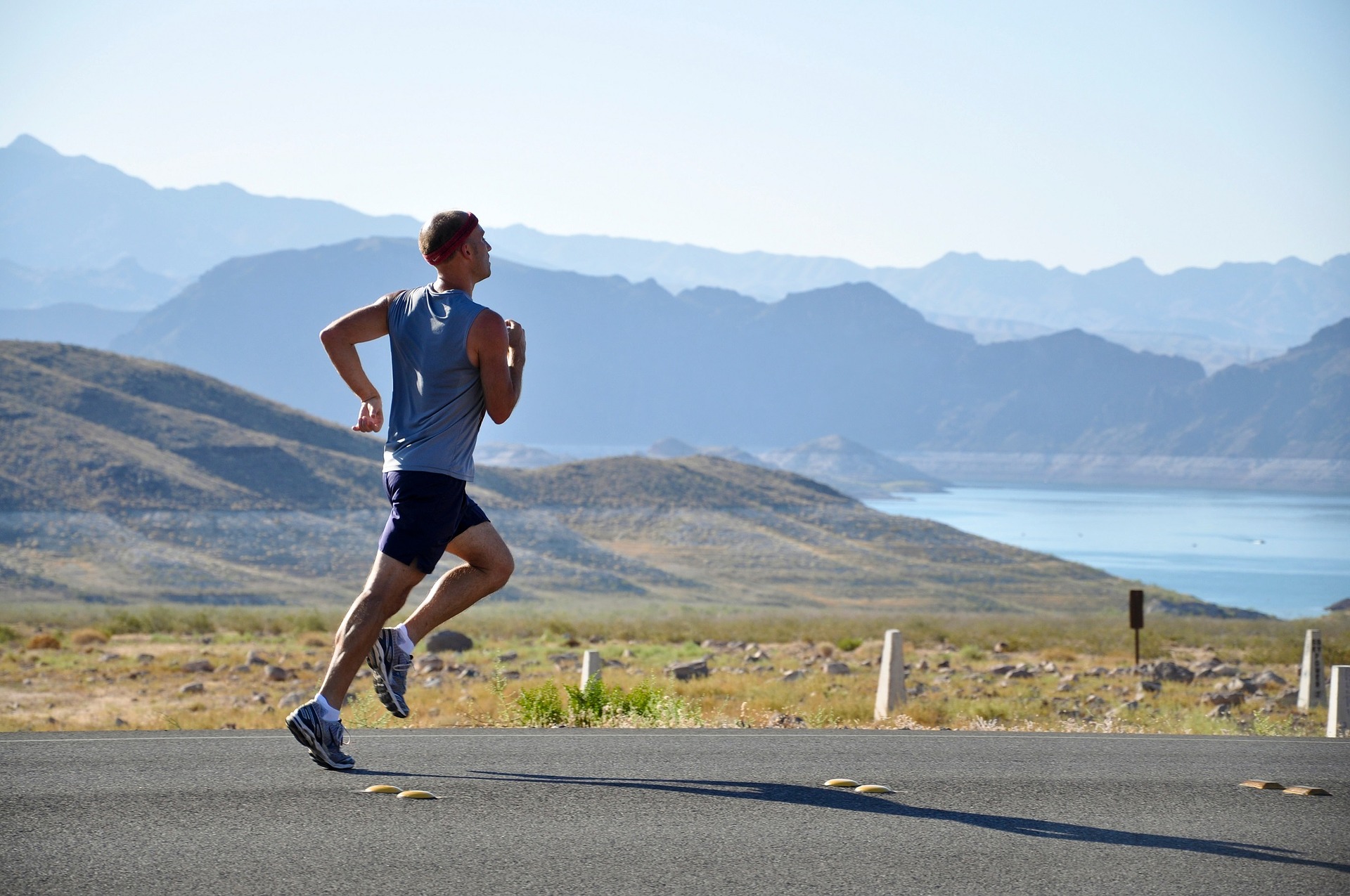
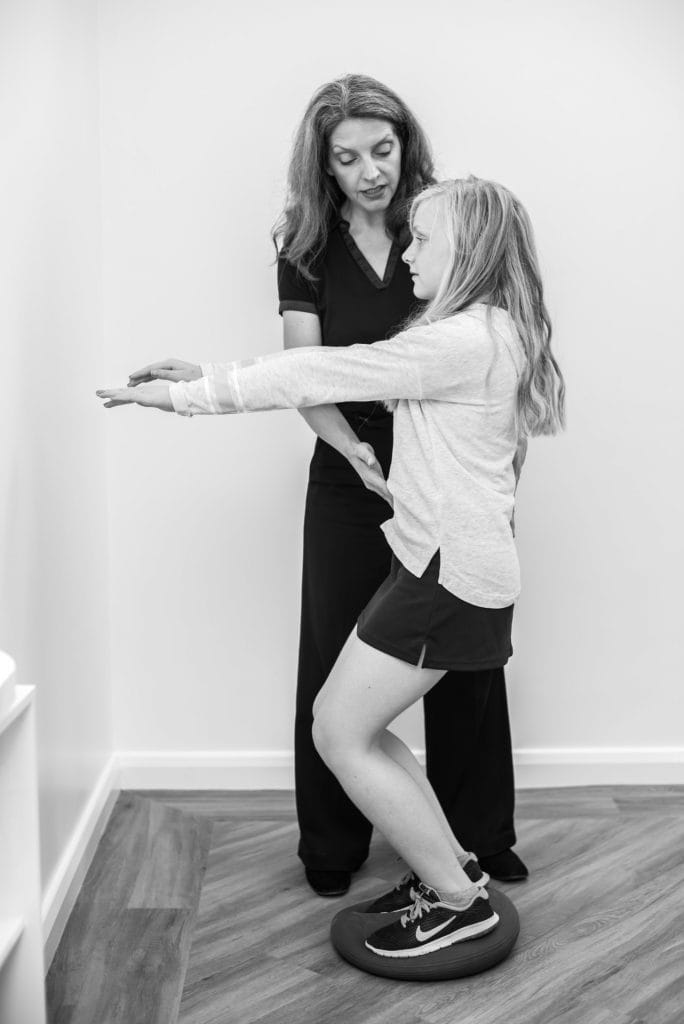
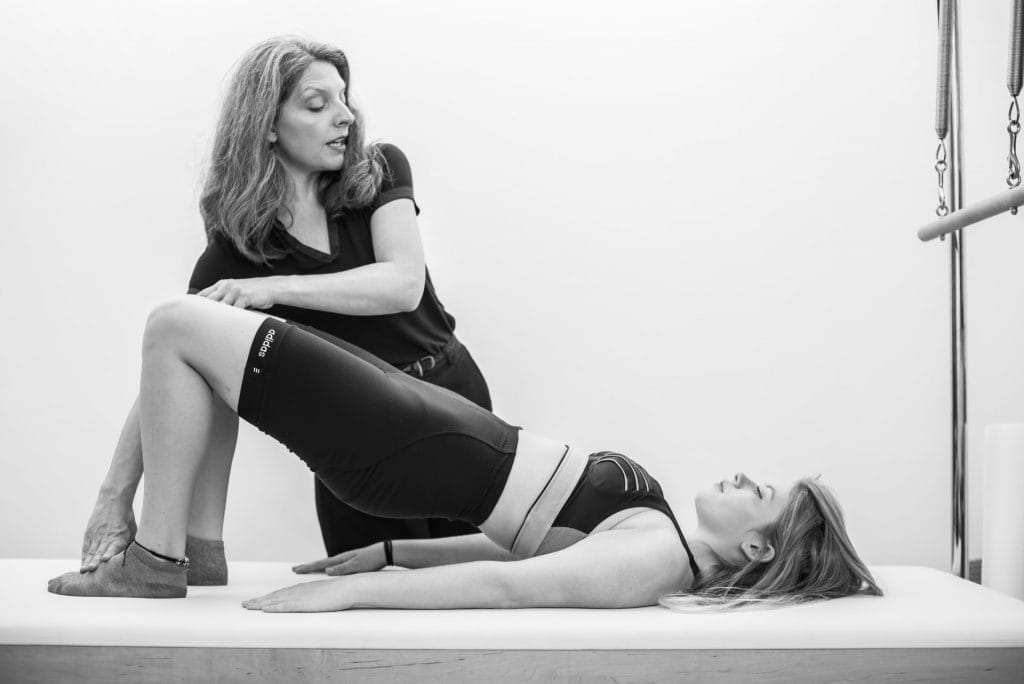
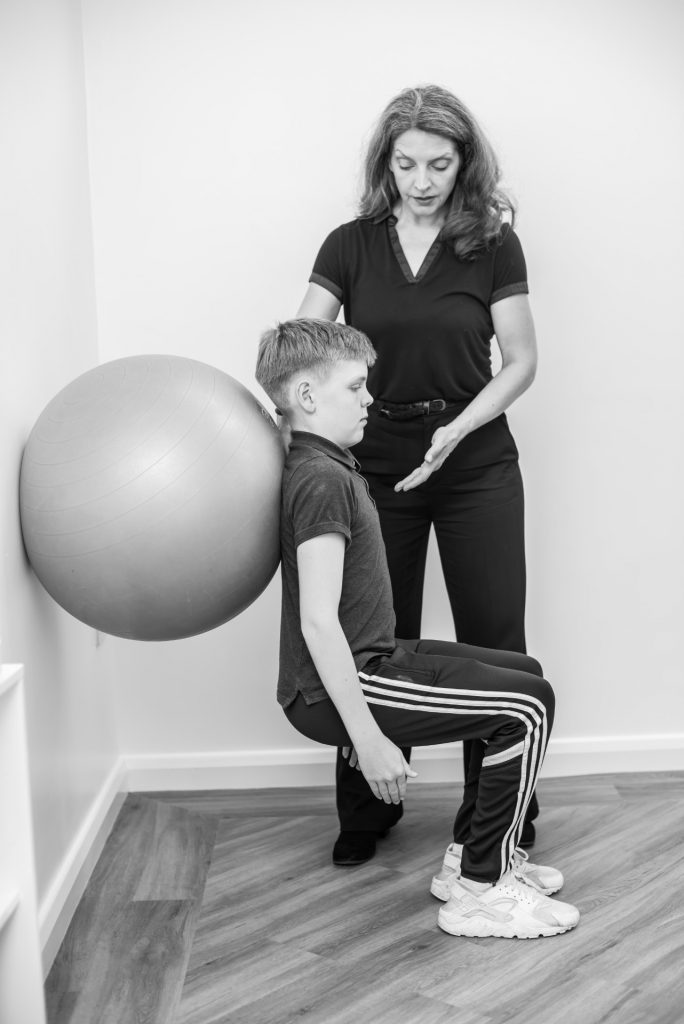
Book your appointment with us now
To book an appointment with one of our experienced physiotherapists to help with your hip, thigh or knee injuries
